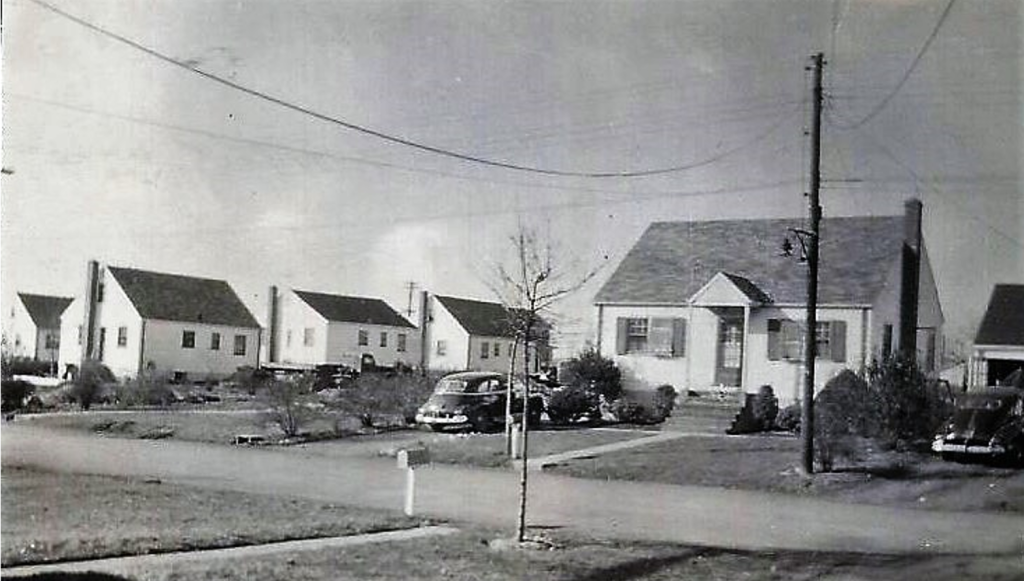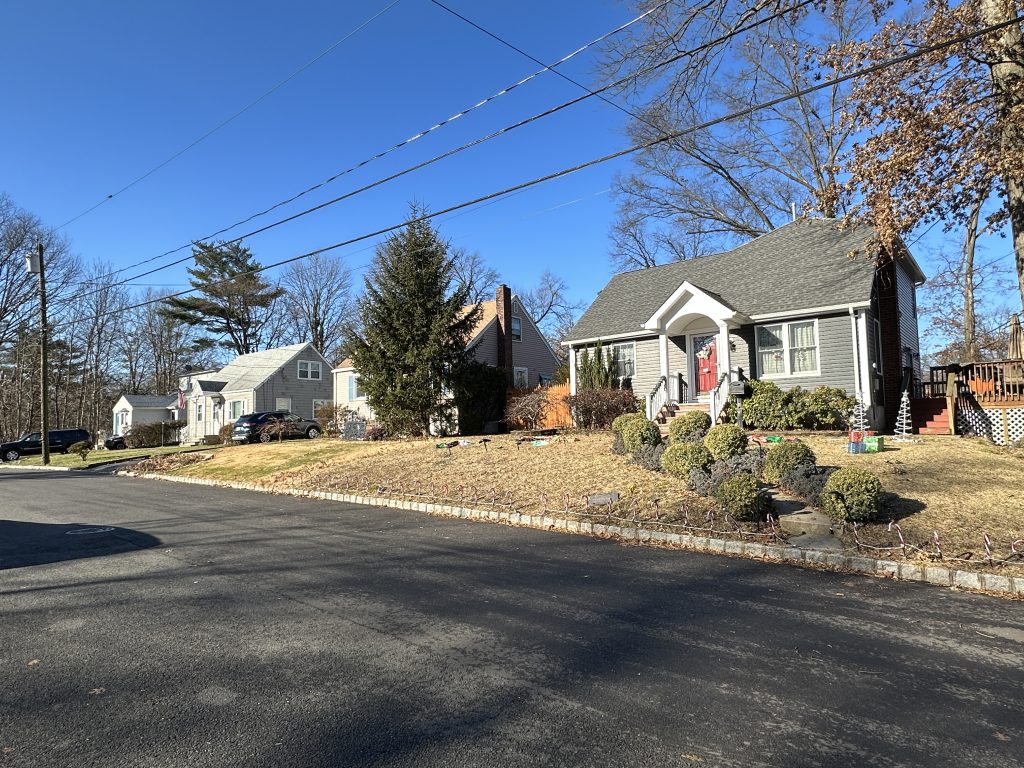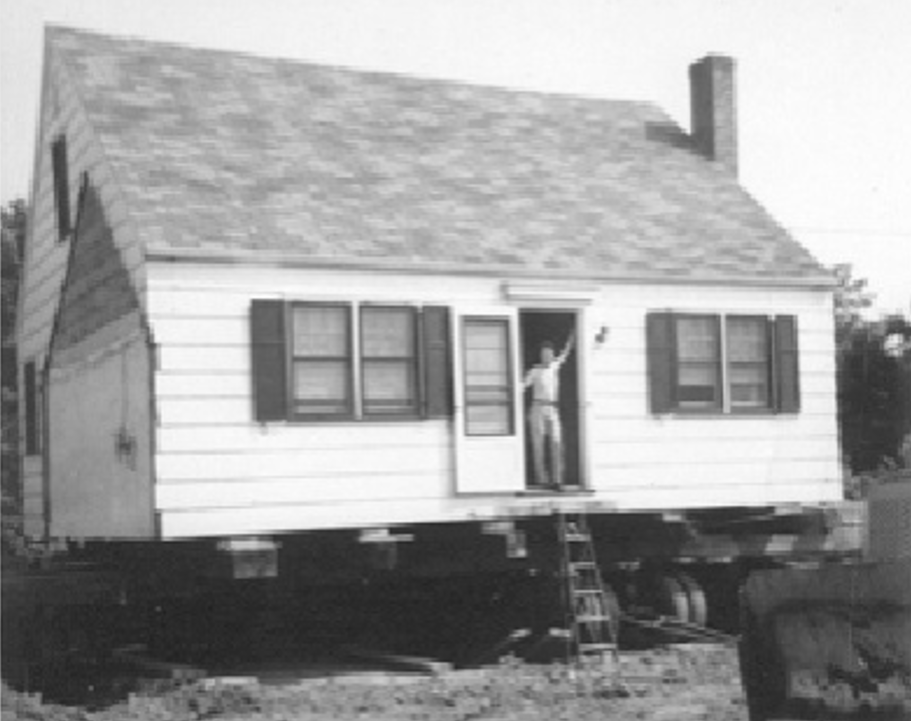
What, where, when in Old Kenilworth –
Discovering Kenilworth’s “model homes,” Part 4
Cranford Knolls was a development of 75 homes built in both Kenilworth and Cranford by H. B. Butts and Sons. H. B. (Harold) was the father. The sons were George and Harold, Jr. Construction began in 1941. Homes marketed at $5,200 to $6,000; some sold for less. The higher priced homes included an attached garage and other amenities. In 2023 one sold for $450,000.
Cranford Knolls encompassed hundreds of building lots. The tract was bordered on the west by Elizabeth Ave. in Cranford, on the north by Bloomingdale Ave., on the east by Michigan Ave., and on the south by Colfax Ave. Less than 20 of the 75 homes were within Kenilworth’s borders and included at the time primarily those erected on Fairfield and Ashwood avenues. Research suggests that the model home was in the Cranford portion. Dozens of lots in the southern Kenilworth portion of Cranford Knolls were not developed until the 1950s. These included many homes on Maplewood, Oakwood, and Ashwood avenues running off of Colfax Ave.

Photo: Historic signs
Of the original homes erected in 1941 on Fairfield and Ashwood avenues, many were moved beginning in 1949 due to the construction of the Garden State Parkway. The homes were larger style Cape Cods constructed on lots with 60- to 75-foot frontages.
Many of the relocated homes are easily recognizable today because their house fronts have two pairs of double hung windows. One pair of windows to the left of the front door; the other pair to the right of the door. Many of those were hauled to Cranford, Faitoute, and Quinton avenues. If you drive down those streets today you can identify the homes that were moved by their distinctive sets of two pairs of double hung windows on their fronts.
The mayor and council made building lots available to those local residents who chose to remain in Kenilworth in their moved homes. It was during this period that Kenilworth actually grew to be bit larger in geographic size. This is due to the fact that Cranford deeded over to Kenilworth some Cranford land on a section of Cranford Ave. which was sorely needed to help accommodate the Kenilworth homes being displaced by the Parkway.

Photo: Chas. Vitale
Frank Garrick, Jr. was nine years old when the home of his parents, Frank and Grace Garrick, was moved in 1950. It went from 575 Fairfield Ave. to 451 Colfax Ave. Young Frank provided some details of the State “buy back” program. He stated in 2003, “In 1941 my mother and father bought the house for $4,000. The State bought it for $10,000 to make way for the Parkway. The State sold it back to my parents for $1,000 – the same offer as made to others on the street whose houses had to be moved. With the $9,000 remaining my parents moved the house, fixed what needed to be fixed, paid off the mortgage, and had money left over.”
Next issue to feature Harding Manor homes. Research provided by Walter E. Boright, Ed. D., historian, and Historic Signs, Inc. Persons with inquiries about this or other Kenilworth history topics may contact Dr. Boright atdrbori@aol.com or 908-256-5200.
